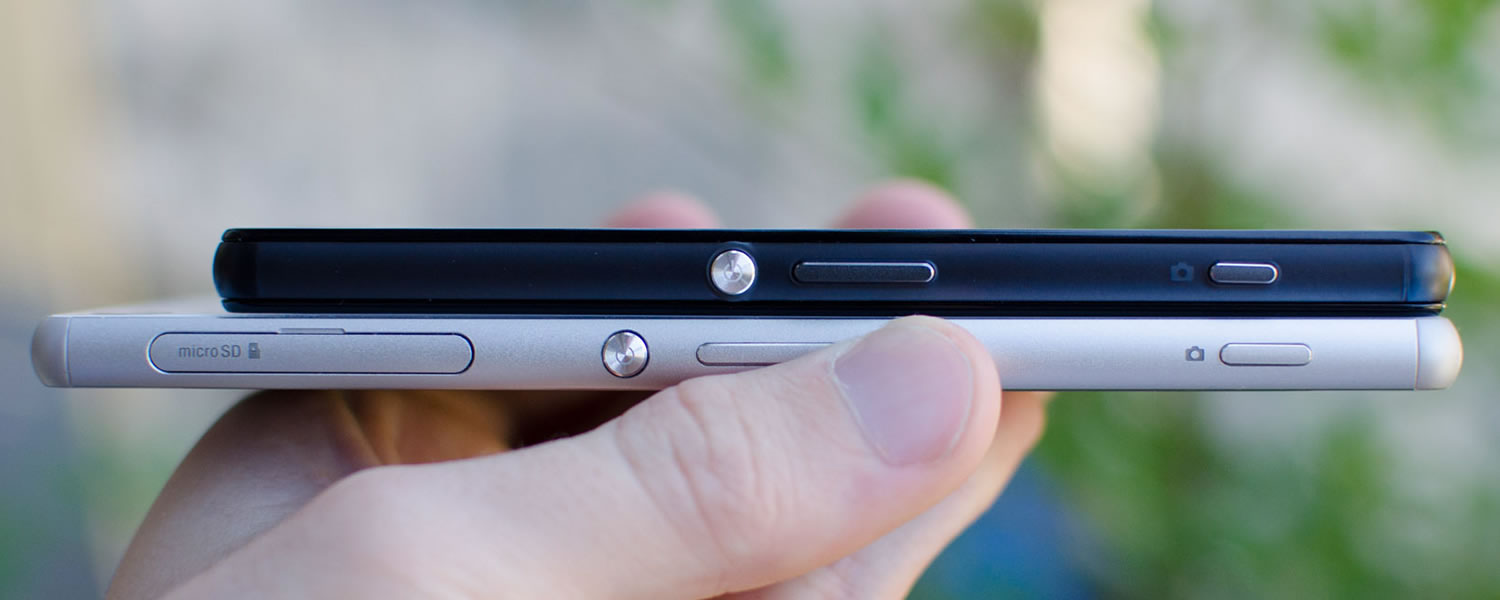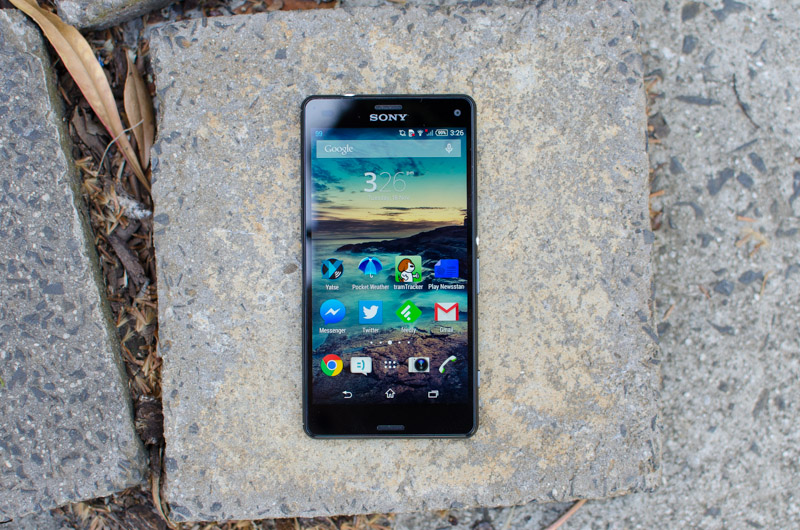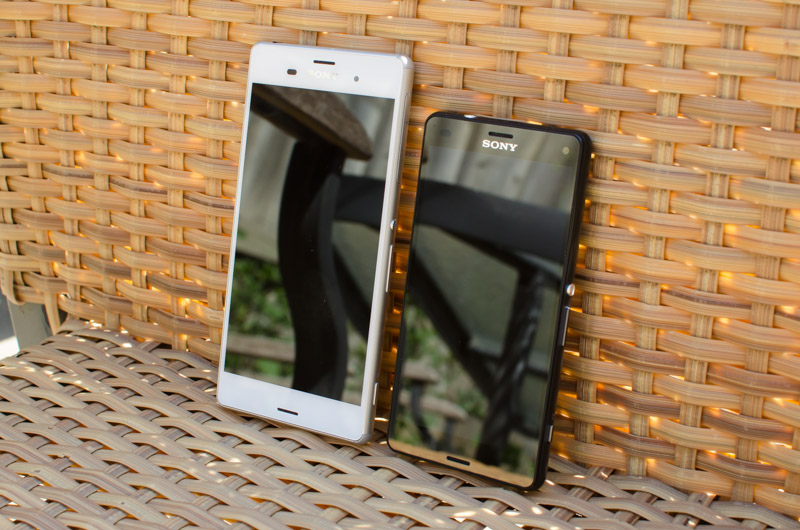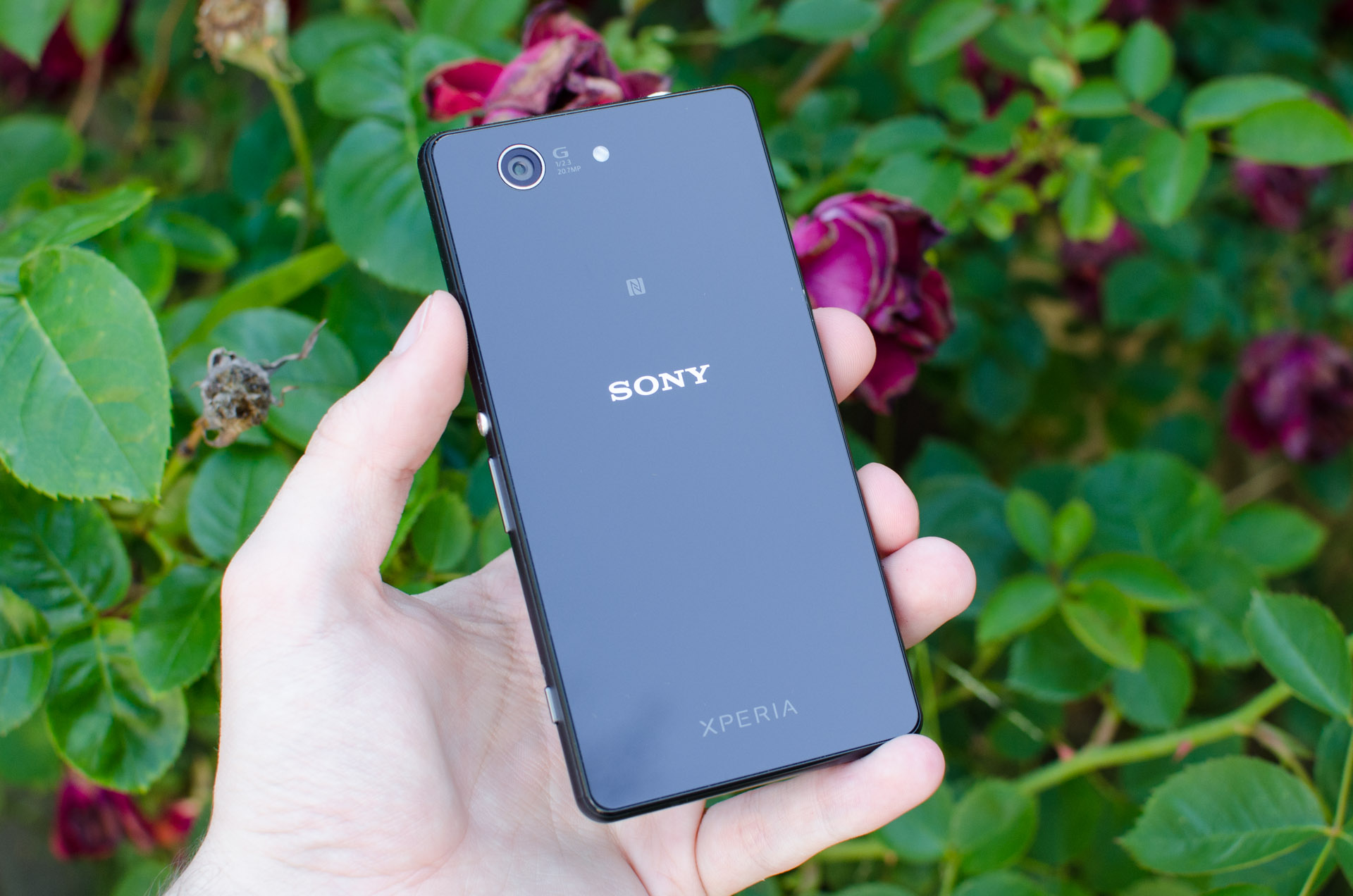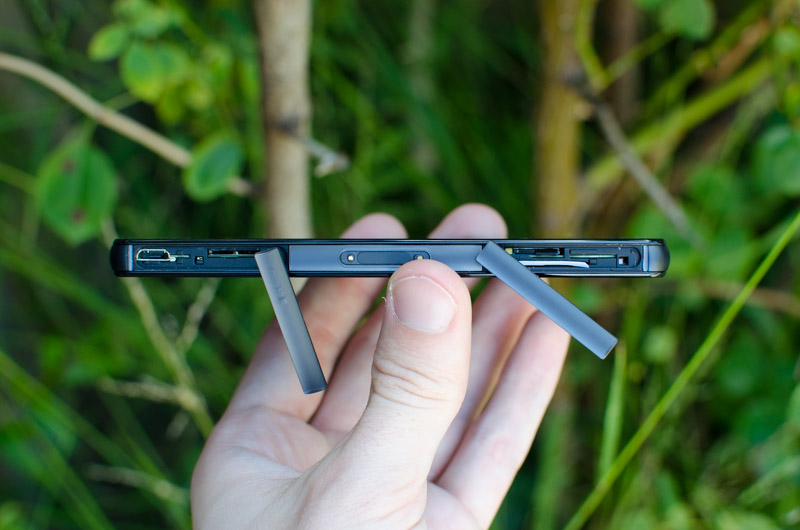If you liked what Sony brought to the table with the Xperia Z3 but wished it was a little bit smaller, Sony has you covered. The Xperia Z3 Compact features a smaller 4.6-inch display in a more manageable body; great news for those who dislike the recent trend of massive flagships.
The Z3 Compact packs all the same goodness inside its chassis: a powerful Snapdragon 801 SoC, a 20.7-megapixel Exmor RS camera, fast connectivity features including Category 4 LTE and NFC, and IP68 waterproofing. It comes with the same software, too, so for all intents and purposes it's a smaller Xperia Z3.
The Compact also occupies an interesting position in the market with little, if any competition. The iPhone 6 packs top-end hardware and is close in size, though it's still slightly larger. But if you're specifically after a small high-end Android phone your options are limited, especially if you aren't willing to sacrifice specs. Yes, Samsung does sell the 4.7-inch Galaxy Alpha, though if you read my review of that handset I'd hold off purchasing it.
While there might be not much competition for the Xperia Z3 Compact, there are no winners by default. Sony does have a good history with producing these smaller-sized devices - I really liked the Z1 Compact when I reviewed it earlier this year - so how have they managed to improve?
One area that hasn't received much attention between the Z1 Compact and the Z3 Compact is the design. It's still typical Sony affair, using their minimalist slab style that's been a feature of nearly every smartphone out of the company in the past couple of years. It hasn't received some of the design upgrades of the Xperia Z3, which is part of what made the newer handset so great.
Like the Z3, you get tempered glass panels on the front and back of the Compact which are smooth, generally feel pretty good, and attract fingerprints. The edges are a different story: using plastic rather than aluminium on a premium-priced product. The end result isn't as good, though thankfully the type of plastic used doesn't feel cheap.
Aside from the edge aesthetics, the choice to not upgrade the Z3 Compact to the curved aluminium of the Z3 has ergonomic implications. Although the Compact is noticeably smaller than a typical 5-inch flagship, the edges don't fit as snugly in your hands as they do on its larger brother. It's a minor point, but one I feel Sony had the opportunity to upgrade on this handset.
Still, because of its size, the Z3 Compact is easy to hold and operate, especially one-handed. While personally I don't mind larger devices, those out there who crave power and portability will like the size of this device. To further assist with usability, Sony has also slimmed down the bezels and positioned the screen slightly above the center point.
To fit all the powerful components alongside a sizable battery inside the Z3 Compact's body, the entire device has been made thicker than the Z3. It's not a huge difference, but it's noticeable that the Compact from feeling as svelte. Luckily the thickness doesn't impact the handset's portability, and in this case I prefer functionality over form.
Like most of Sony's high-end smartphones from the past few years, the Xperia Z3 Compact is fully water resistant, rated at IP65 and IP68. This means the device is fully dust tight, resistant to low pressure water jets, and protected against 1.5m of fresh water for up to 30 minutes. So long as you don't take the phone into salt water, you'll be fine for some underwater photography and gaming in the shower.
It shouldn't come as a surprise to people familiar with waterproofed smartphones that there are several flaps on the Xperia Z3 Compact to protect the various ports and slots. On this particular design, one flap is located above the magnetic charging port on the left-hand side, housing the micro-USB port and microSD card slot. The flap below the magnetic connector houses up to two nano-SIM ports, depending on the model you get.
If you plan on charging the Z3 Compact through USB, the flaps can become annoying as you'll be lifting them up more often than you expose the phone to water. However you do get the opportunity to charge the handset through the aforementioned magnetic connector, which is fairly ugly but can save you the annoyance of opening the flaps. To do so you'll need the DK48 charging dock, which Sony sells for around $30.
The right-hand edge of the Z3 Compact has all the device's critical buttons: the small, circular power button sits immediately above the volume rocker; and further down you'll find the dedicated two-stage camera button. For a device this small, the power button feels a good 10-20mm too low for comfortable operation, although I'd rather have it in the current position than along the top edge.
On the front of the handset, Sony has included dual front-facing speakers just like the Xperia Z3 and Z2, a trend that began with the HTC One in early 2013. Like many phone speakers, they're not the greatest in terms of quality, even if they can go quite loud. But the main benefit to having two speakers on the front is stereo sound when gaming or watching videos, which is a major improvement over a single, rear-firing speaker like you get on most other devices.
All the other standard bells and whistles are available on the Xperia Z3 Compact, including a handy notification LED, front-facing camera, 3.5mm audio jack on the top edge, several microphones and even a hole for threading through your charms.
